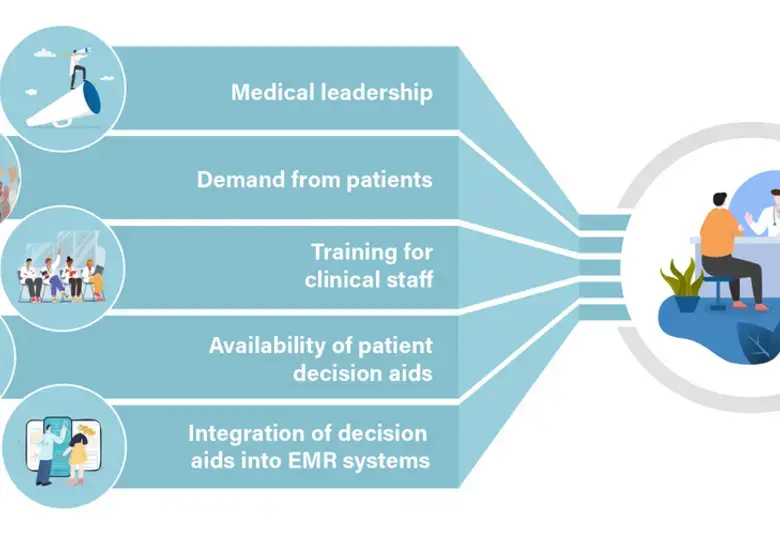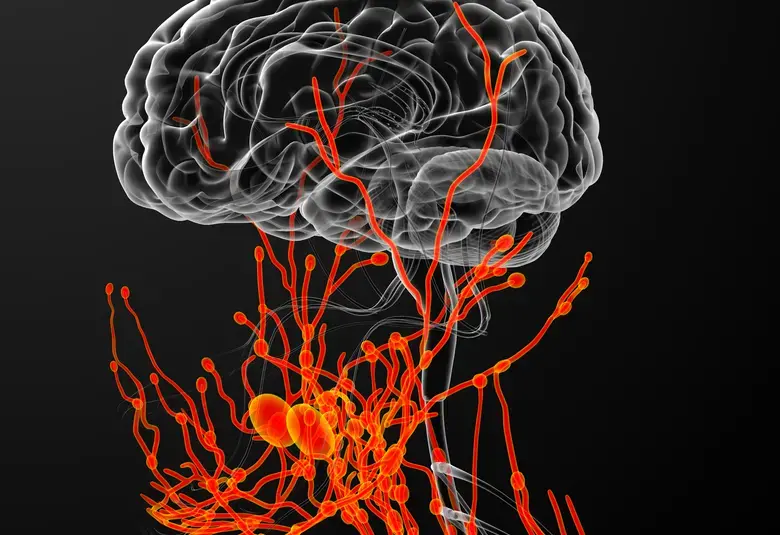Many patients with mental health conditions present with a combination of depression anxiety, and bipolar symptoms. Accurate diagnosis and appropriate management depend on expert psychiatric advice. However, most patients are managed solely in primary care due a shortage of psychiatrists. Jim Phelps and Jon Bale, Samaritan Health Services, Oregon, USA explained how a collaborative care model ensures all patients receive the psychiatric expertise they need.
Collaborative care has been developed by the University of Washington to address the ongoing shortage of psychiatrists in the United States, which is estimated to lead to a deficit of approximately 6000 psychiatrists in 2025,1,2 explained Dr Phelps.
Collaborative care integrates psychiatrists into primary care
The model integrates psychiatrists remotely into primary mental health care to support primary care in the diagnosis and management of patients with mental health conditions.1
A collaborative measurement-based approach for bipolarity
Bipolarity can be measured using the BI and CIDI 3.0
Patients who have both manic and depressive symptoms3 (read more here) present diagnostic and management challenges for primary care practitioners (PCP). These can be addressed by a collaborative care model that provides PCPs with psychiatric expertise and guidance, said Dr Phelps.
In a collaborative care model, primary care-based mental health workers screen patients with major depressive disorder (MDD), generalized anxiety disorder (GAD), post-traumatic stress disorder (PTSD), and borderline personality disorder (BPD) for bipolarity using the Bipolarity Index (BI)4 and the Composite International Diagnostic Interview (CIDI) 3.0.5
The results of the BI and CIDI, together with the results of assessment tools for MDD, GAD, PTSD and BPD are then analyzed by a remotely located psychiatrist who advises the PCP on diagnosis and management.
Improved patient outcomes
Targeting bipolarity can improve outcomes
Bipolarity appears to be relatively common in the collaborative care model among patients referred for psychiatric consultation, said Dr Bale.
He described his own findings that universal screening revealed bipolarity in about one-fifth and one-third of patients with significant MDD when assessed by the CIDI and BP index, respectively.
He also showed his own early results suggesting that advice to PCPs on changing pharmacological therapy to therapy targeting bipolarity was improving outcomes.
We may go a long way to improving mental health care in the primary care setting if PCPs become more comfortable prescribing medications that target bipolarity, he concluded.
Our correspondent’s highlights from the symposium are meant as a fair representation of the scientific content presented. The views and opinions expressed on this page do not necessarily reflect those of Lundbeck.




